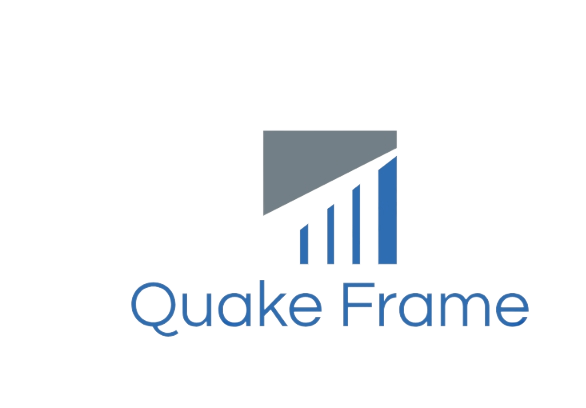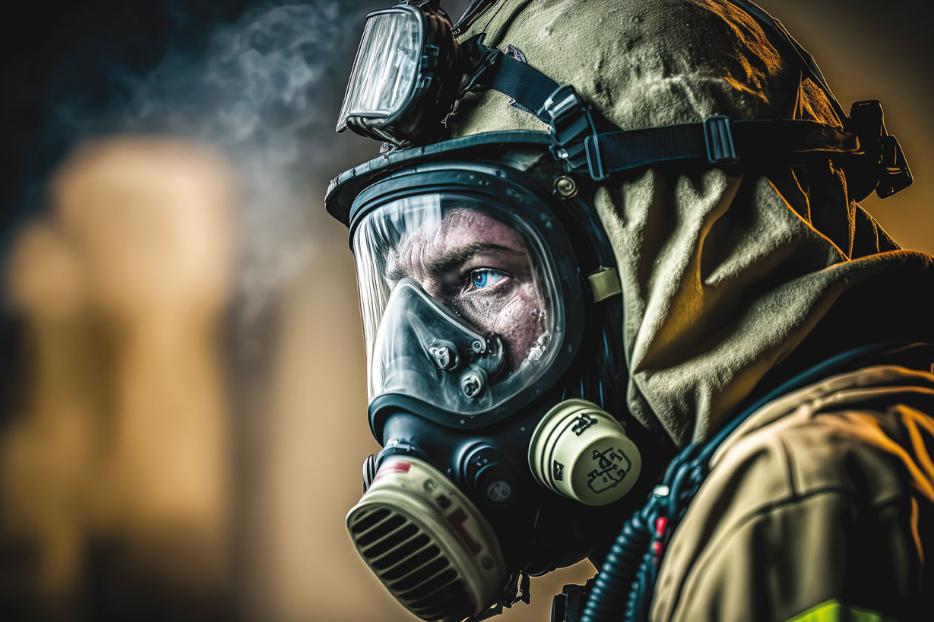In hazardous work environments, ensuring the safety and health of employees is a top priority. Whether you’re working in construction, manufacturing, or chemical processing, exposure to harmful airborne substances is a serious risk.
This is where breathing protection equipment comes into play, offering a vital safeguard against dust, fumes, and dangerous gases. By equipping workers with the right protection, companies can significantly reduce the risk of long-term health issues like respiratory diseases.
Why Breathing Protection Is Important in the Workplace
In any environment where airborne contaminants are present, breathing protection is essential. Workers are exposed to harmful particles, gases, and vapours without proper protection, which can cause immediate irritation or long-term health conditions like asthma, bronchitis, or even cancer.
The importance of respiratory protection gear becomes even more evident in high-risk industries where the inhalation of toxic substances is unavoidable.
Common Airborne Hazards in Various Industries
Every industry presents its own set of airborne hazards. In construction, for instance, workers are exposed to dust and silica, which can lead to lung diseases. Manufacturing plants may have fumes and chemicals in the air, while agriculture often exposes workers to pesticides and dust.
Even office settings can have airborne allergens and irritants. Understanding these hazards is the first step in selecting the appropriate worker protection.
Types of Respiratory Protection Gear
To ensure proper safety, it’s important to choose the right respiratory protection gear for the job. There are various types of equipment available, ranging from simple face masks to more advanced respirators. Each type offers different levels of protection, tailored to specific hazards.
Respirators: The First Line of Defense
Respirators are one of the most common forms of breathing protection. These devices, which can be powered or non-powered, offer robust protection against both particles and gases. For example, N95 respirators are often used in dusty environments, while powered air-purifying respirators (PAPRs) are ideal for work with harmful chemicals.
Face Masks: When They’re Sufficient (and When They’re Not)
Face masks provide basic protection against dust and airborne particles but are not sufficient for environments with toxic gases or fumes. It’s crucial to know when a simple mask is adequate and when a respirator is necessary to ensure worker safety.
How to Choose the Right Breathing Protection Equipment
Choosing the right respiratory protection gear depends on the type of hazards present. A thorough hazard assessment should be conducted to determine the level of exposure and select the appropriate protection.
Consider the environment, the duration of exposure, and the type of substances workers may encounter.
Key Features: Breathing Protection
When selecting equipment, make sure to check for features such as filtration efficiency, a secure fit, and compliance with safety standards. Proper fit is crucial—ill-fitting equipment can lead to exposure and defeat the purpose of wearing protection in the first place.
Ensuring comfort and ease of use is also important, as workers are more likely to wear the equipment properly if it’s comfortable.
Benefits of Using Respiratory Gear
The benefits of using breathing protection equipment extend beyond immediate safety. Consistently wearing appropriate protection can prevent serious respiratory issues and contribute to long-term worker health. Healthy workers are more productive and have fewer absences due to illness, which can improve overall workplace efficiency.

